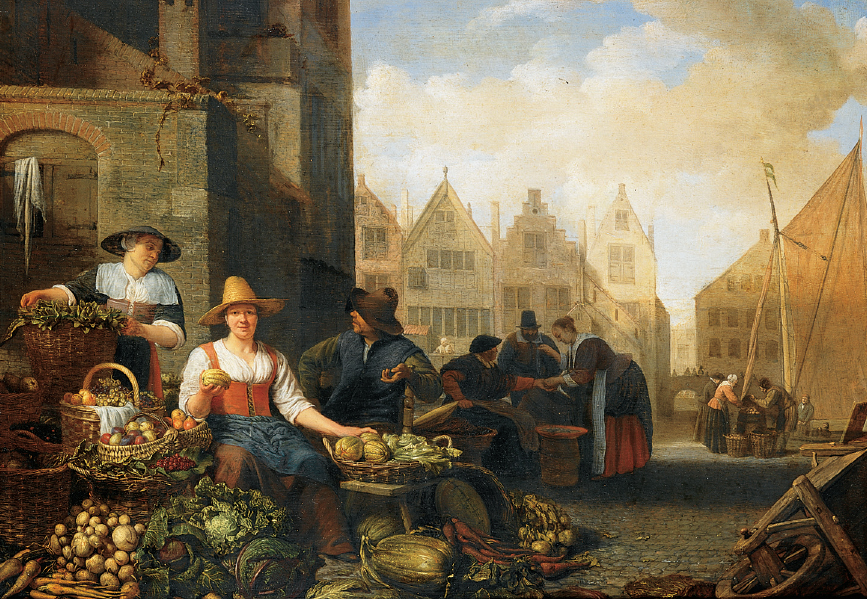How did European agriculture change between 1650 and 1800?
AAT THE END OF THE SEVENTEENTH CENTURY, the economy of Europe was agrarian. With the exception of the Dutch Republic and England, at least 80 percent of the people of western Europe drew their livelihoods from agriculture. In eastern Europe, the percentage was considerably higher. Yet even in a rich agricultural region such as the Po Valley in northern Italy, every bushel of wheat seed sown yielded on average only five or six bushels of grain at harvest. By modern standards, output was distressingly low.
In most regions of Europe, climatic conditions produced poor or disastrous harvests every eight or nine years. In famine years the number of deaths soared far above normal. A third of a village’s population might disappear in a year or two. But new developments in agricultural technology and methods gradually brought an end to the ravages of hunger in western Europe.
